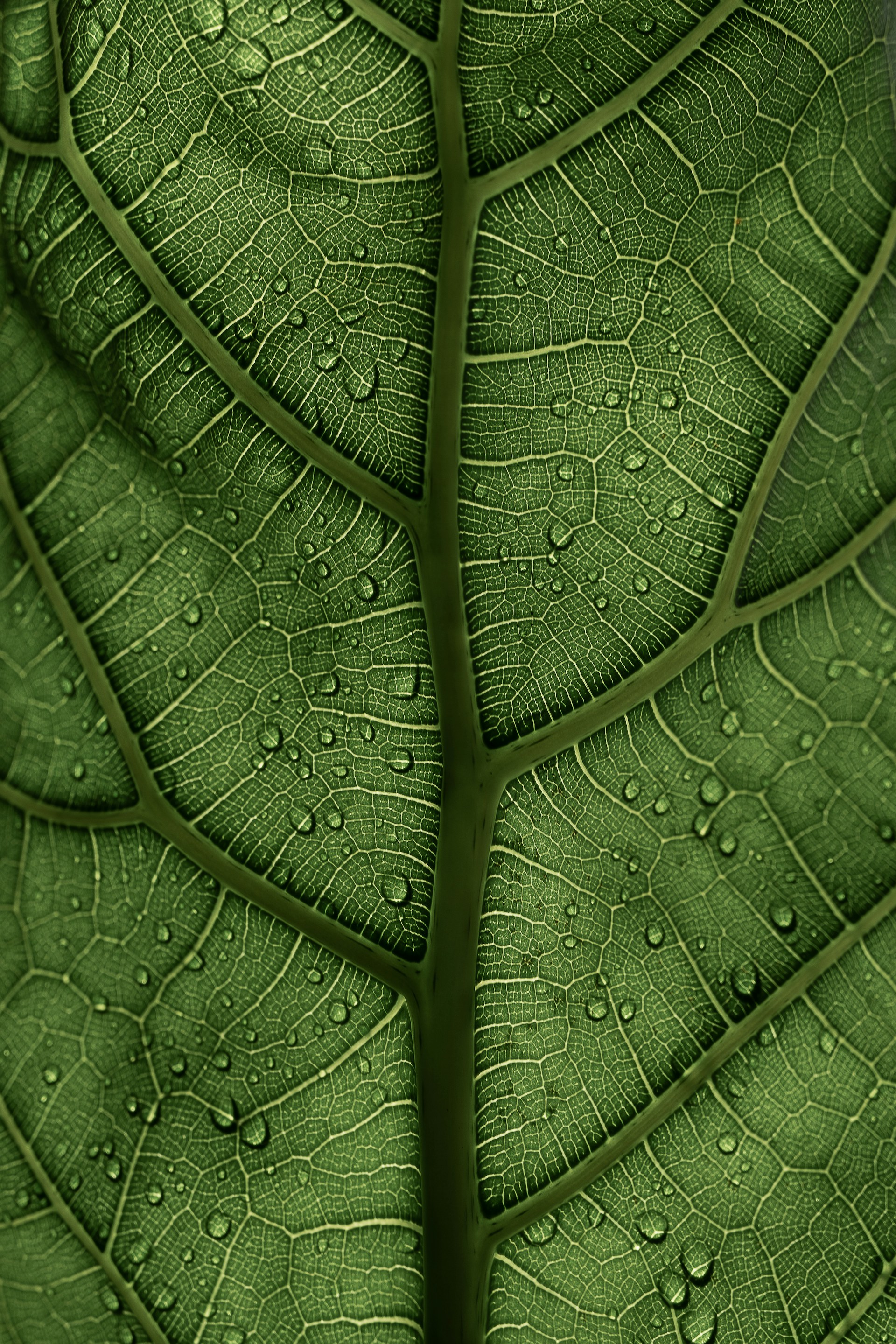
FAQ
What are varicose veins?
Varicose veins are enlarged, twisted veins that typically appear in the legs. They are caused by weakened valves in the veins that allow blood to pool and back up. Varicose veins are most common in adults over the age of 50, but they can occur at any age.
What are the symptoms of varicose veins?
The most common symptoms of varicose veins are:
Swollen, heavy legs
Pain or discomfort in the legs
Throbbing or cramping in the legs
Aching or burning in the legs
Leg fatigue
Spider veins
What causes varicose veins?
The exact cause of varicose veins is unknown, but there are a number of factors that can contribute to their development, including:
Genetics
Hormonal changes
Prolonged standing or sitting
Obesity
Pregnancy
Advanced age
Who is at risk for varicose veins?
People who are at increased risk for varicose veins include:
Women
People over the age of 50
People who are overweight or obese
People who have a family history of varicose veins
People who stand or sit for long periods of time
People who are pregnant
How are varicose veins treated?
There are a number of treatment options available for varicose veins, including:
Compression stockings
Exercise
Lifestyle changes
Sclerotherapy
Endovenous laser treatment
Radiofrequency ablation
Surgery
How can I prevent varicose veins?
There are a number of things you can do to help prevent varicose veins, including:
Maintain a healthy weight
Exercise regularly
Avoid prolonged standing or sitting
Wear compression stockings
Elevate your legs when you are sitting or lying down
